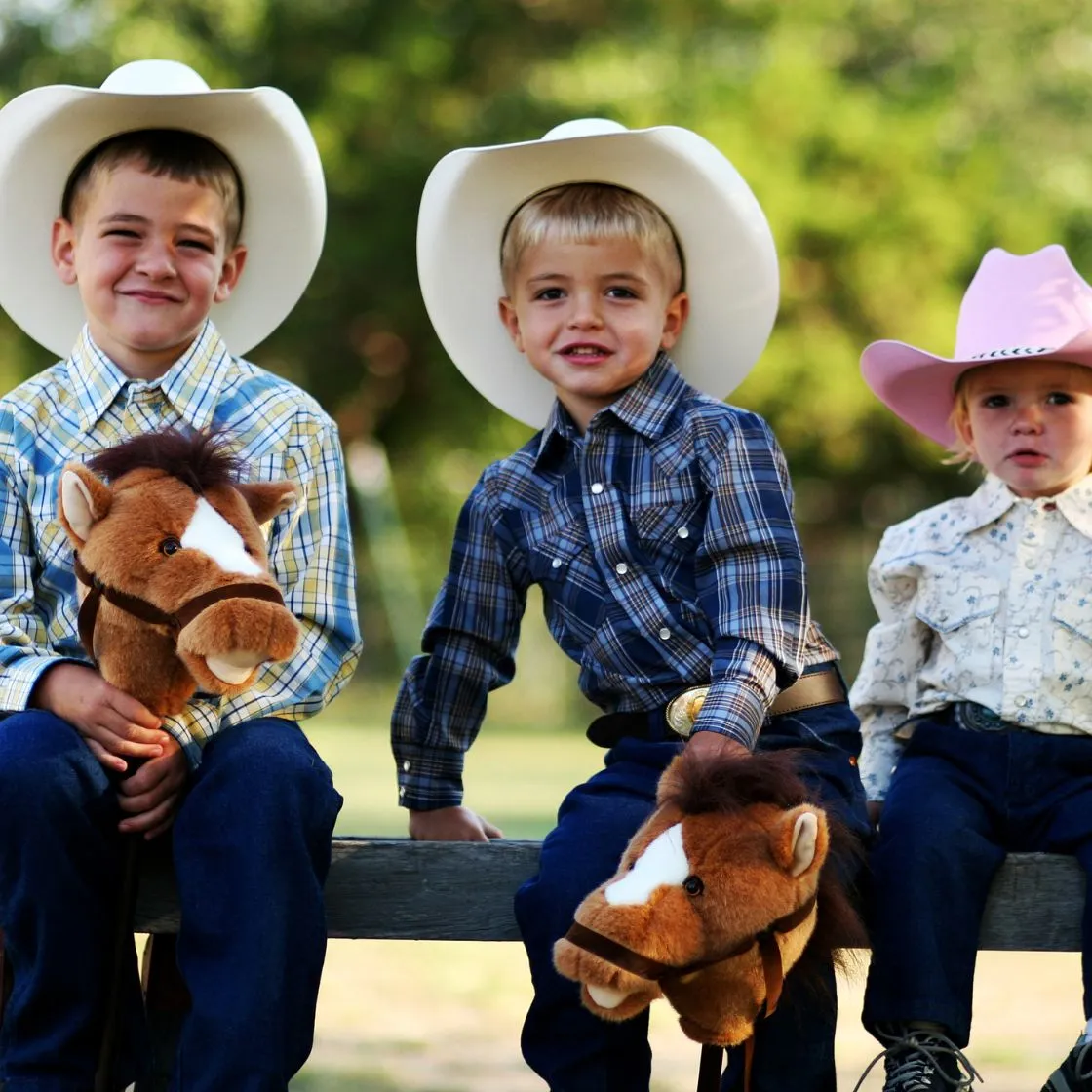History of DeSoto, Texas: A Journey Through Time
Learn about the fascinating history of DeSoto Texas, from its early days to its development into a vibrant community.












The Land Before DeSoto: Native American Presence
Before European settlers arrived, the area that would become DeSoto was home to Native American tribes, including the Caddo and later the Comanche.
-
The land’s fertile soil, fresh water, and game made it an ideal home for tribes who farmed, hunted, and traded here.
-
Artifacts discovered in the area — like arrowheads and pottery shards — tell of these early residents’ presence.
-
The trails they blazed became the foundation for future roads and settlements.
These indigenous peoples shaped the region’s early character and left a cultural footprint still appreciated today.
Early Settlers: Pioneering the Frontier
DeSoto’s modern history began in the 1840s, when pioneers from Tennessee and other southern states moved west to Texas.
-
In 1847, settlers began farming the fertile Blackland Prairie, raising cotton and corn.
-
These settlers faced harsh winters, unpredictable weather, and the challenges of frontier life.
-
They built cabins, dug wells, and created the first community institutions, including schools and churches.
By the mid-19th century, the community had developed enough to establish itself formally.
The Naming of DeSoto
The city was named after Dr. Thomas Hernando DeSoto Stewart, a physician who settled in the area in the 1840s.
-
Dr. Stewart was known not just for his medical practice but also for his leadership in the growing settlement.
-
When residents applied for a post office in 1881, they chose to honor Dr. Stewart by naming the town after him.
-
Thus, “DeSoto” became the official name, marking its presence on the map.
This name reflects the respect and gratitude of the early community for one of its founding figures.
The First Post Office and the Birth of a Town
In 1881, the opening of the first post office officially recognized DeSoto as a community.
-
Before that, mail had to be collected from the nearby town of Lancaster — a tedious trip for residents.
-
The post office became a central meeting place, fostering communication and connection among settlers.
-
Around this time, general stores, blacksmith shops, and other small businesses began to appear.
These early developments laid the foundation for DeSoto’s growth into a thriving small town.
Agriculture: The Backbone of DeSoto’s Economy
For much of its early history, DeSoto’s economy was anchored in agriculture.
-
Cotton was the primary cash crop, thanks to the rich soil and temperate climate.
-
Farmers also raised corn, wheat, and livestock, providing sustenance for families and goods for trade.
-
The arrival of the railroad in nearby towns boosted the ability to transport crops to broader markets.
-
Agricultural fairs and gatherings became an important part of community life.
This rural character defined DeSoto well into the 20th century.
The Impact of the Great Depression
Like much of the country, DeSoto felt the effects of the Great Depression in the 1930s.
-
Crop prices fell, and many farmers struggled to keep their land.
-
Families leaned on each other, pooling resources and sharing work.
-
Community churches and civic groups played a vital role in providing support and hope.
Despite the hardships, the people of DeSoto persevered, displaying the resilience that remains a hallmark of the city.
The Path to Incorporation
In the postwar years, DeSoto began transitioning from a rural town to a more suburban community.
-
The growth of Dallas and improved transportation made DeSoto an attractive place to live.
-
In 1949, residents voted to incorporate the city to gain more control over local governance and services.
-
At incorporation, DeSoto’s population was around 500 — small but determined to chart its own future.
This step allowed the city to plan its growth and develop infrastructure to meet residents’ needs.
Civil Rights and Integration in DeSoto
DeSoto’s history includes important chapters in the fight for civil rights and equality.
-
In the 1960s and 70s, the city — like many others in the South — grappled with school integration and racial tensions.
-
The community worked to ensure that schools and public facilities became accessible and equitable for everyone.
-
Over time, DeSoto developed a reputation as an inclusive and diverse city, attracting families from all backgrounds.
Today, its diversity is one of its greatest strengths and sources of pride.
Rapid Growth and Suburban Development
From the 1970s onward, DeSoto experienced significant population growth.
-
Subdivisions and shopping centers replaced old farmland.
-
Schools, parks, and libraries were built to accommodate the growing community.
-
Businesses and industries brought jobs, boosting the local economy.
-
The city became known for its clean neighborhoods, strong schools, and proximity to Dallas.
By the 1990s, DeSoto had firmly established itself as a desirable place to live and raise a family.
Cultural Life and Community Spirit
Throughout its history, DeSoto has placed a high value on culture, arts, and community connection.
-
Festivals, parades, and holiday events keep traditions alive and bring residents together.
-
The DeSoto Civic Center and local libraries offer art exhibitions, theater productions, and concerts.
-
Parks and green spaces encourage outdoor gatherings and recreation.
-
Sports — especially high school football — play a central role in community pride.
These cultural hallmarks give DeSoto its unique character and welcoming atmosphere.
Historic Landmarks and Legacy Sites
While modern development has transformed much of the landscape, DeSoto preserves its history through landmarks and memory.
-
Historic homes and buildings still dot older parts of town, reminding visitors of its past.
-
The Dr. Thomas H. DeSoto home site is commemorated for its significance.
-
Local cemeteries and churches honor the pioneers who shaped the city.
-
The city archives and historical societies collect and share stories from generations of residents.
Preserving these pieces of history helps keep the city’s story alive for future generations.
DeSoto Today: A City with Deep Roots and Bright Future
Today, DeSoto is a vibrant, thriving city of over 50,000 people.
-
It’s recognized for its cultural diversity, excellent schools, and strong sense of community.
-
The city has been honored as an All-America City, a testament to its civic engagement and progress.
-
New developments continue to blend modern amenities with the city’s rich heritage.
-
Residents still value the traditions of service, neighborliness, and resilience that have defined DeSoto since its founding.
As the city continues to grow, it remains firmly connected to its past.
Frequently Asked Questions About DeSoto’s History
Q: Who was DeSoto named after?
A: The city was named in honor of Dr. Thomas Hernando DeSoto Stewart, an early physician and community leader.
Q: When was DeSoto officially incorporated?
A: DeSoto was incorporated in 1949 after residents voted to establish formal governance.
Q: What was DeSoto’s original economy based on?
A: Agriculture — particularly cotton farming — was the foundation of the early economy.
Q: How has DeSoto changed over the years?
A: It evolved from a rural farming community into a diverse suburban city with strong cultural and economic vitality.
Conclusion: Honoring the Past, Embracing the Future
From its humble beginnings as a pioneer settlement to its modern identity as a vibrant suburban city, the history of DeSoto, Texas is a testament to perseverance, diversity, and community spirit.
Each chapter — from its Native American roots to its role in civil rights and beyond — has contributed to the rich tapestry that makes DeSoto unique. Today, residents and visitors alike can enjoy a city that honors its past while looking forward to a bright and inclusive future.
So whether you’re strolling through a historic neighborhood, attending a community festival, or simply enjoying the friendly atmosphere, take a moment to appreciate the deep history that shaped this remarkable city — a history that continues to inspire.
Return to DeSoto Homepage